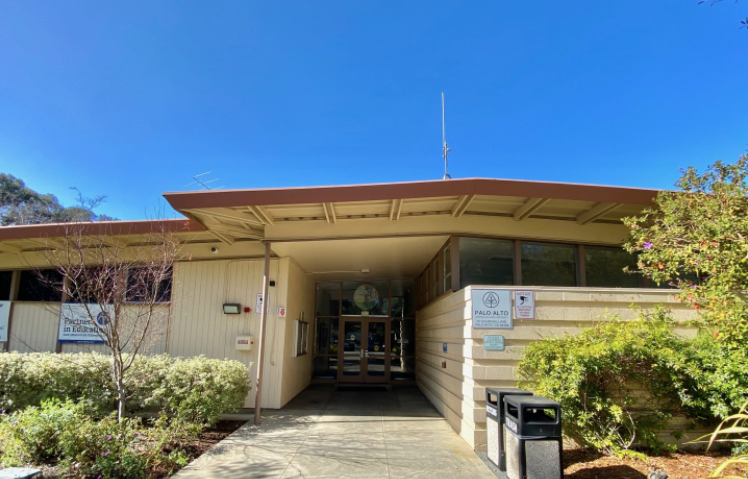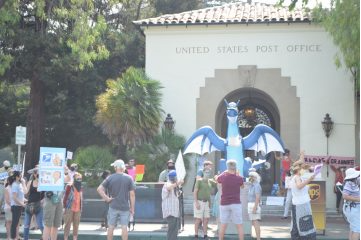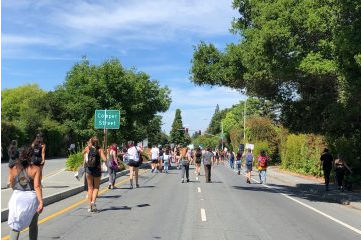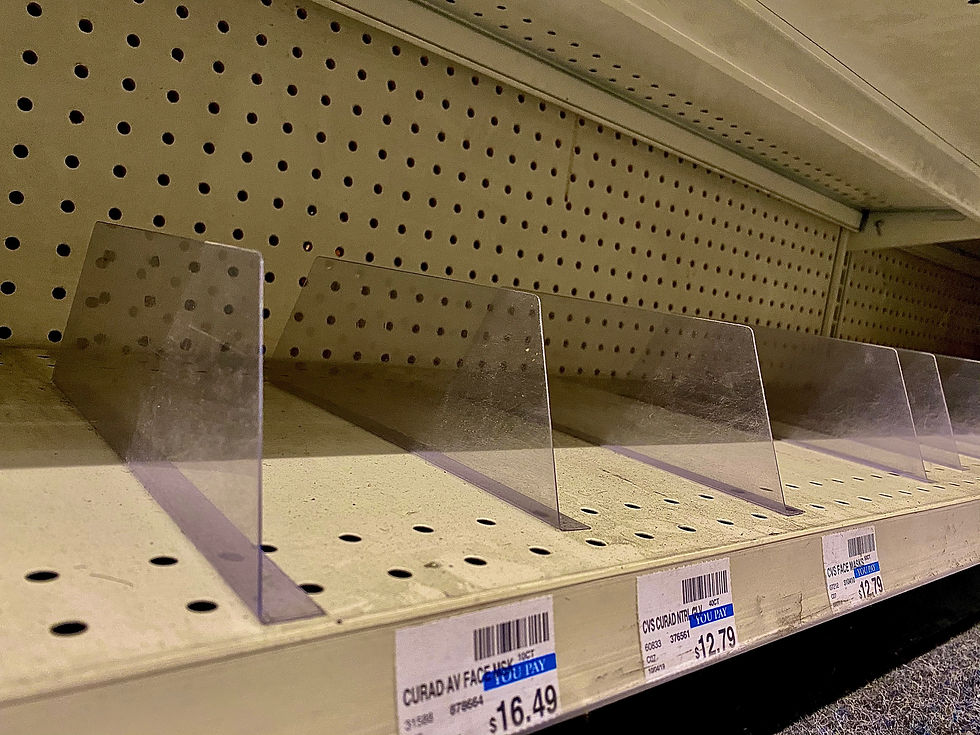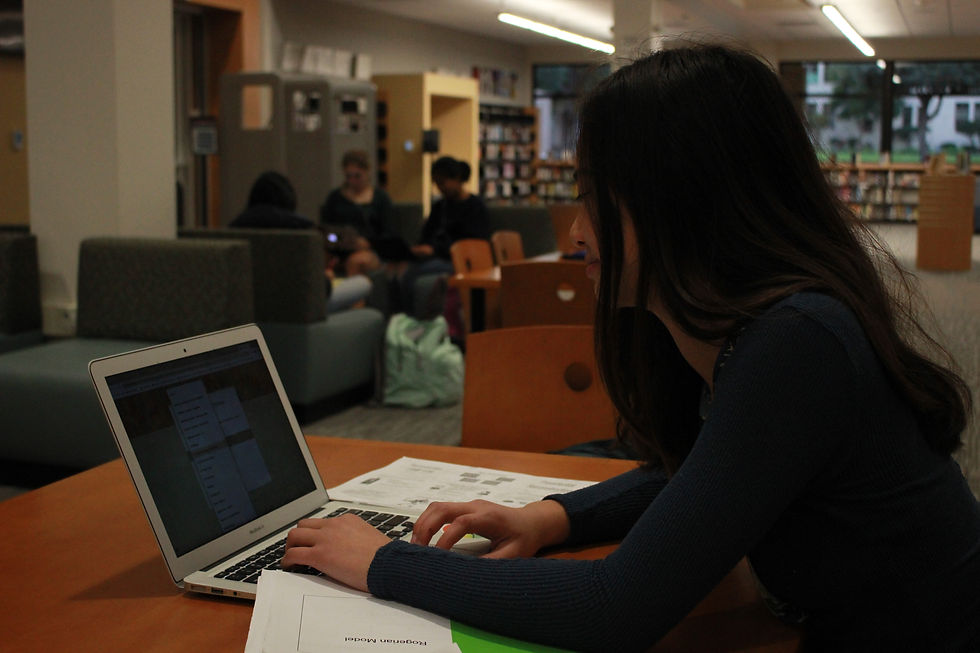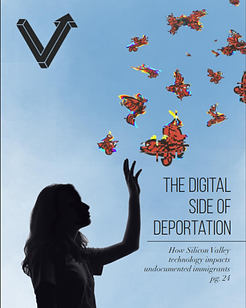REPORTING AND WRITING
As a student journalist, reporting and writing are central to my job. It is my role to communicate new perspectives on issues within our community and in order to do that, I push to dig deeper into issues with nuanced sources and in depth conversations. Attending protests, watching City Council meetings, interviewing school board members and attending talks at Stanford, I try to draw from as many sources as possible to present a detailed and accurate depiction of any issue. That entails seeking out diverse perspectives and unique experiences that can provide us deeper insight and starting up conversations around campus to hear directly from our peers about what matters to them and where they stand on different issues. Some stories such as the recent coronavirus concern in our community demand a timely response so we also develop digital breaking news stories. Draft after draft, I am constantly pushing my work to be the best it can be, with the edits of my peers and our advisor to guide me.
NEWS
On Verde I fell in love with news writing — especially the thrill of breaking news. The rapid process of digging for information, calling and emailing people for quotes, and typing away in a google doc never fails to excite me. As a news editor I saw the value of Verde's news coverage and pushed to continue our growth as a source for breaking news. Over the year we honed our process and continually got stories up in less and less time. The importance of that rapid coverage only grew as uncertainty hung in the air in February and March of 2020 as schools around us were shutting down and district policies were constantly shifting with changes in the COVID-19 situation. During this period I was constantly reading over the school's and district's emails and updates or attending school board meetings to hear the latest in the conversations. When something stuck out — a new decision or a shift in predictions — I'd open up a doc and set to work.
In news I work to clearly communicate the topic at hand. In my writing, I always try to present a balanced view of the issue by looking at many perspectives — in news and otherwise. I also always structure my writing to logically communicate the ideas I wish to present in a natural and informative manner. As a writer, news has taught me the value of concision and clarity. Click on a photo below to read one of my news stories.
An example of news reporting:
Covering the E-cigarette epidemic
For my news story covering vaping and recent deaths that were attributed to it I spent a lot of time making sure our data was very accurate and that we gathered the full story from many perspectives. As a result, this story won a Third Place News Story California Press Women's Award.

I went to a talk at Stanford University by Professor of Pediatrics Bonnie Halpern-Felsher where she discussed the epidemic.
I interviewed President of the Palo Alto Unified School Board Jennifer DiBrienza regarding what measures were being taken to address the issue in our schools.

I watched the live-streamed meeting of the human relations committee at City Hall to gather insight into what our city was doing as a whole in response to the problem. On the left are some of the notes I took during the meeting.
I interviewed the president of the Paly Parent Teacher Student Association to really dive into what was being done on campus and maintained contact with her throughout the writing process to stay updated.

Features
In my feature writing, I work hard to bring multi-faceted issues to life, presenting a new outlook for people to consider. I believe that I have grown a lot in creating a cohesive and dynamic story that maintains a constant flow. Click on the photos below to read my feature stories.
In this feature story, I explored the changing role of religion in the lives of students as the group of religiously unaffiliated grows and grows. In this story I improved on organizing the text in a logical and engaging way. An important aspect of this story was also gathering a wide range of opinions from diverse sources including a Stanford professor, a local pastor and students with varied religious perspectives.
This feature story allowed me to dive into the intersection of gun control activism and the medical field as we looked into the organization Scrubs Against the Firearm Epidemic. Writing this story I learned to dig deeper into the stories of the people we interviewed to create a richer final product.

Art by
Faustine Wang
In "The digital side of deportation," my story partner and I dove into Silicon Valley's complex relationship with immigration. With interviews from undocumented immigrants, an activist, and a Facebook employee I learned about developing a well-rounded story. Writing this feature and editing it during production also taught me to say more with fewer words. This story received a Features Honorary Mention California Press Women's Award.
As my first cover story and one of my first stories on Verde, I was excited to tackle the topic of what drives our choices as consumers and the impact those choices had. This story taught me to break down big topics into more manageable pieces through the use of subsections.
"Disney's dilemma" explored the changing role of the dominant film maker in our culture. In this story my partner and I struggled a bit in keeping our own perspectives out of our writing. I learned to effectively wield quotes to express the opinions I could not share directly and the revising process helped me establish my voice as a writer.
The reporting and writing process can be tricky to navigate especially with a topic as complex and constantly changing as the pandemic. This challenge inspired me to apply for the JEANC COVID-19 Resource Kit Advance Team in the fall of 2020. Our first meeting on Zoom we brainstormed the best way to accomplish our goal of creating a toolkit for journalists across the state to use as support in their COVID-19 reporting. We ended up breaking down the material we wanted to cover into four categories: 1. General advice, 2. Media, 3. Sourcing and 4. Story ideas. I worked on the sourcing section, including various data bases that provide the statistics and policy updates that are often critical in a story dealing with the virus. I also provided ideas for various sources to contact and found the public health officials in various NorCal counties. In addition to leading our group work in this section, I contributed to the others adding suggestions for where we could expand or putting in Verde examples for some of the story ideas we discussed.
Overall, I hope that our final product has bolstered student journalist's confidence in their work and has helped them on their journey. It was also a valuable experience for me as I got to work with students from various publications and cities and was able to gain insight into the different processes, tools and ideas that student journalists beyond Paly employ.

